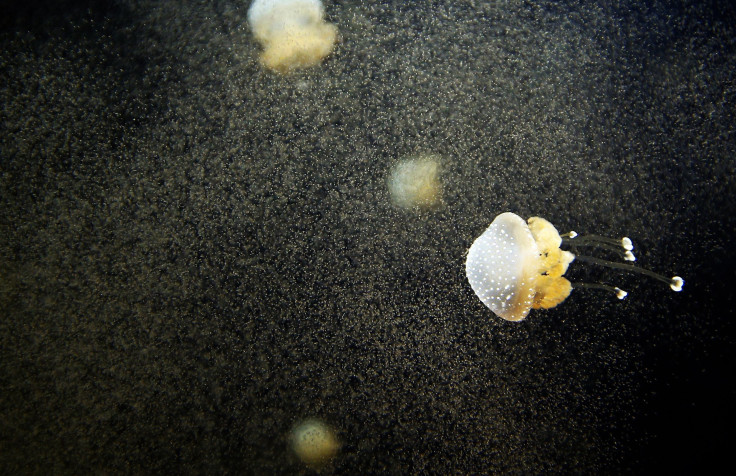Jellyfish proteins used to develop breakthrough laser, far more efficient than conventional ones

In what is being hailed as a major breakthrough in the field of laser technology, scientists have, for the first time, developed laser from fluorescent jellyfish proteins grown in bacteria. This next-generation laser has the potential to be way more compact and efficient than conventional ones found today. It could even open up research avenues in optical computing and quantum physics.
Researchers from Scotland’s University of St. Andrews, who were involved in the study, published in journal Science Advances, said that the breakthrough is a major advance in polariton lasers. The team created this high-advanced laser by repurposing the fluorescent proteins that have revolutionised biomedical imaging and also by allowing scientists to monitor processes inside cells.
The polariton laser developed can operate at room temperature and is powered by nanosecond pulses, billionths of a second. One of the laser’s inventors and professor at the university, Malte Gather, said that “picosecond pulses of a suitable energy are about a thousandfold more difficult to make than nanosecond pulses.” Hence, it significantly simplifies the process of making these polariton lasers, reports Live Science.
Conventional polariton lasers that use inorganic semiconductors have to be cooled to exceptionally low temperatures. Recent designs based on organic electronics materials function at room temperatures. However they need to be powered by picosecond (one-trillionth of a second) pulses of light.
Gather and his colleagues from Dresden University of Technology and University of Wurzburg in germany produced enhanced green fluorescent protein (eGFP) by genetically engineering E.coli bacteria.
“At the moment, many challenges remain for such lasers to be useful because the [excitation] threshold is so high, but they are a fascinating platform for studying physics that normally occur only at ultralow temperatures,” Gather said.
He noted that this tiny laser, based on biomaterials, may be implanted inside the human body for medical applications.






